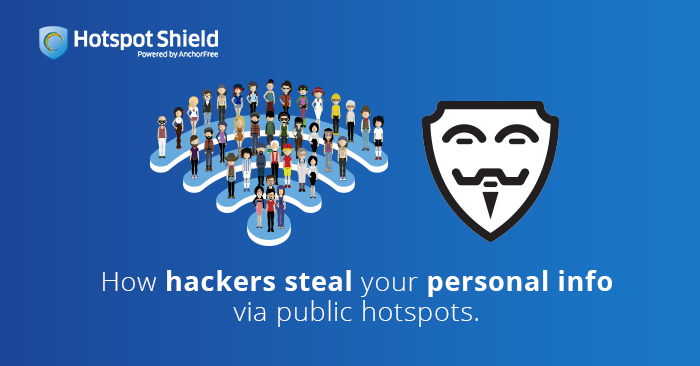How to get a Finnish IP address
The easiest way to improve your digital privacy is to switch your IP address using a VPN. We’ll …

If you frequently use public hotspots for browsing, installing an Internet security VPN is one of the best ways to protect yourself. Public hotspots are not as safe as you think, because of the many ways hackers can use them to gain access to the personal data of everyone connected to that network.
With the right tools and knowledge, a hacker can know when you were born, the schools you attended, the places you have been to recently, and even your sensitive information such as passwords and credit card information, simply by connecting to the same free Wi-Fi network you are connected to.
Hackers are fond of several types of attacks, with the most common of them being:
1. MITM attacks
A man-in-the-middle (MITM) attack is a common method that hackers use to access your personal information when you are connected to a public hotspot. MITM attacks allow hackers to see all the information that your device sends and receives, which they can intercept and alter without your knowledge.
2. Packet Sniffing
Packet sniffing involves the use of software designed to capture your data while you are connected to a public hotspot. Normally used by network administrators to troubleshoot network traffic, this method allows hackers to monitor your network traffic and collect all unencrypted packets of data that go through the network interface in your laptop or tablet.
3. Rogue Hotspots
This method relies on deception to do its bidding, and the results can be devastating. Here, hackers set up rogue hotspots that look legitimate and harmless such as “Starbucks Free Wi-Fi.” A user who unknowingly connects to such a network and uses it to access his online banking account, for example, is basically giving away the account credentials to the hacker who created that spoof hotspot.
Rogue hotspots can even be set up to broadcast credentials and certificates that match the networks your device has connected to before, which lures it into automatically connecting to that rogue hotspot.
The best way to protect yourself against hacking methods like these is to refrain from using public hotspots. If you frequently find yourself in need of an Internet connection while on the go, you should consider getting a data plan instead.
But if you really need to connect to the Internet using free Wi-Fi, there are a few things that you should remember. First, be wary about the networks that you connect to. Ask around and confirm if a connection is legitimate. Turn on the Wi-Fi on your device only when you need to use it. Make sure that the information that you type in while you’re connected is not sensitive.
The best way to improve your Internet security is by installing a VPN on your device. A VPN such as Hotspot Shield can protect you from these hacking attempts by providing an encrypted tunnel for all your data to go through. With a VPN, you won’t have to worry about snoopers gaining access to your sensitive data.
Hotspot Shield VPN uses the latest encryption technology to provide the best Internet security, which means that all your sensitive information such as passwords, credit card details, and instant messages are encrypted. This prevents hackers and snoopers from tracking, monitoring, and intercepting your online activities when connected to public hotspots, providing a safer browsing experience.
Hotspot Shield VPN offers additional features that make it the best Internet security software today. It can unblock your favorite websites, let you surf anonymously, mask your IP address, and provide added malware protection. Best of all, Hotspot Shield can be downloaded for free and is compatible with most Windows, Mac, Android, and iOS devices. You can download the free Hotspot Shield here.
For the best internet security when connecting to public hotspots, download Hotspot Shield VPN now and install it on your device.
